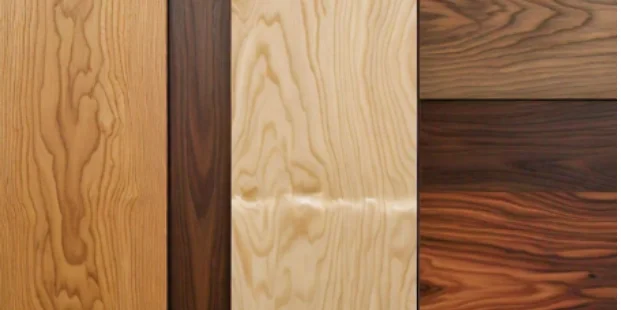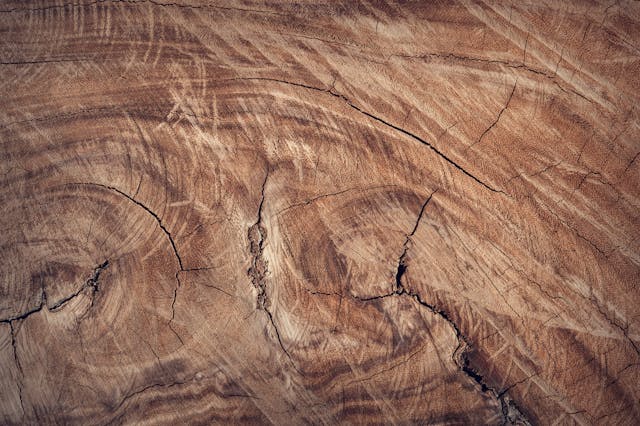Diamonds have always been valued for their scarcity, brightness, and symbolism. However, recent technological breakthroughs have enabled the creation of diamonds in laboratories, providing a more sustainable and ethical alternative to mined diamonds. Yellow diamonds stand out among these laboratory-grown gems due to their vibrant color and appeal. Let’s take a look at the intricate processes involved in creating these magnificent lab-grown yellow diamonds.
Seed Crystal Formation
A lab grown yellow diamond starts with a tiny seed crystal, which is usually a wafer-thin slice of an existing diamond. This seed crystal acts as the cornerstone for the new diamond’s growth. Carbon atoms are deposited layer by layer on the seed crystal using a technique known as Chemical Vapor Deposition (CVD) or High Pressure-High Temperature (HPHT) synthesis. The deliberate introduction of specific trace elements, such as nitrogen, is critical for giving the diamond its distinctive yellow tint.
Diamond Growth under High Pressure and Temperature
Once prepared, the seed crystal is subjected to intense pressure and temperature conditions in a growth chamber. In the HPHT process, carbon source material, often graphite or diamond powder, is heated to temperatures beyond 1,500 degrees Celsius and compressed at pressures comparable to those found deep under the Earth’s mantle. Alternatively, the CVD process uses a low-pressure environment to decompose a hydrocarbon gas, such as methane, into its constituent carbon atoms, which subsequently precipitate onto the seed crystal, gradually producing a diamond lattice.
Controlled Introduction of Nitrogen
Nitrogen is a crucial component in the formation of yellow diamonds. Nitrogen atoms are absorbed into the diamond lattice during creation, giving the gemstone a yellow hue. The concentration and distribution of nitrogen inside the diamond structure must be fine-tuned to achieve the desired shade of yellow, which can range from pale lemon to deep golden tones. The exact control over nitrogen incorporation separates a lab grown yellow diamond from its wild counterparts, where random geological processes frequently cause such coloration.
Grading and Cutting
After reaching its full size and passing rigorous quality inspections, the diamond is ready for grading and cutting. Skilled gemologists evaluate the diamond’s color, clarity, cut, and carat weight using internationally recognized standards such as those set by the Gemological Institute of America (GIA). Yellow diamonds are graded based on the intensity and consistency of their yellow hue, as well as the existence of any secondary hues or clarity qualities. Expert diamond cutters then delicately shape each stone, optimizing brightness and fire while emphasizing its inherent color.
Ethical and Sustainable Production
One of the most appealing benefits of the lab grown yellow diamond is its ethical and environmentally friendly creation process. Unlike mined diamonds, which frequently involve environmentally destructive mining techniques and probable human rights violations, lab-grown diamonds are manufactured in controlled laboratory environments with minimal resources and without the need for large-scale mining operations. Furthermore, the transparency of the lab-grown diamond supply chain enables customers to confidently track the origin of their gemstones, knowing they are making a responsible and socially conscious decision.
Finally
The production of lab-grown yellow diamonds is an intriguing combination of science, technology, and artistry. From painstaking monitoring of growing conditions to exact nitrogen incorporation, each step in the process leads to the creation of these magnificent gemstones. As consumer awareness of ethical and sustainable alternatives grows, lab-grown yellow diamonds stand out as symbols of innovation and responsibility in the world of fine jewelry.








